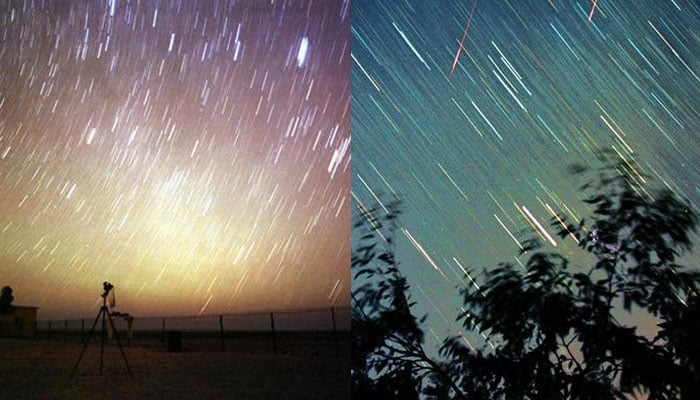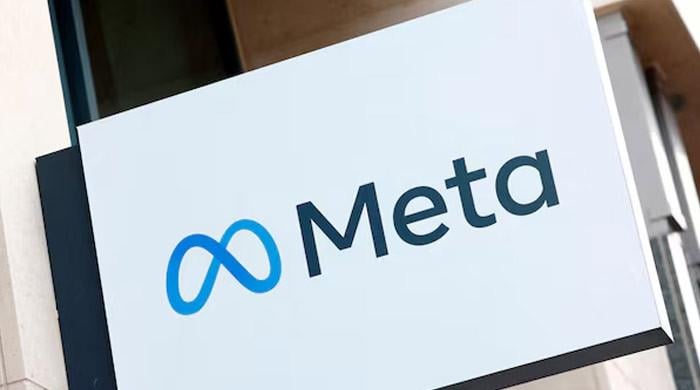What is Draconid meteor shower and how can you see it
Dracoid meteor shower won't require you to stay up late since they are most visible just after nightfall
October 08, 2023

Look up for the Draconid meteor shower this weekend — which is expected to reach its peak on October 8 — and unlike many meteor showers, it won't require you to stay up late since they are most visible just after nightfall and throughout the evening hours, rather than in the early morning.
However, it's worth noting that the Draconid meteor shower tends to be relatively sparse. You should anticipate seeing only a few meteors, with a maximum of about 10 streaking across the sky per hour.
These meteors, known as the Draconids, are a result of debris from the comet 21P/Giacobini-Zinner. They earn their name because they seem to originate from the direction of the constellation Draco the Dragon. Each year, in early October, Earth passes close to the orbit of this comet.
What sets the Draconid meteors apart is their slower pace compared to other meteor showers, allowing them to be visible for one or two seconds. Additionally, with the moon currently at only 23% illumination, visibility of the faint meteors should be better once night falls.
While the Draconid meteor shower might be considered "sleepy" compared to some of the larger showers later in the year, it can still hold surprises. In 1933 and 1946, stargazers witnessed thousands of meteors per hour during this shower, according to EarthSky.
One captivating possibility for stargazers is the chance of witnessing a meteor storm, where the Draconids meteors streak across the sky in great numbers. Meteor showers occur when Earth passes through the debris trails left behind by comets and asteroids as they orbit the sun. Meteor storms can occur when the debris is concentrated closely to the comet, rather than being spread out, as Earth passes through the comet's trail.
The comet 21P/Giacobini-Zinner completes an orbit around the sun every seven years. The last time it made its closest approach to Earth was in September 2018, during which many reported seeing an outburst during the meteor shower. Although the next close approach won't occur until 2025, the possibility of an outburst always exists.
For the best viewing experience of the meteor shower, consider sitting in a reclining lawn chair or lying on your back and gazing at the sky with a wide view. No special equipment is necessary, but being as far from artificial light as possible will enhance your chances of seeing more meteors.
Camping in a rural area can triple the number of visible meteors, as suggested by Nasa scientists. Don't forget to grab your camera before heading out, as meteor showers provide excellent opportunities for time-lapse videos and long-exposure photography.
If the Draconids disappoint or inclement weather obstructs your view, there are more meteor showers to look forward to this year, each best observed from late evening until dawn in areas without light pollution.
Here are the dates for these events:
- Orionids: October 20-21
- Southern Taurids: November 4-5
- Northern Taurids: November 11-12
- Leonids: November 17-18
- Geminids: December 13-14
- Ursids: December 21-22
Additionally, here are the remaining full moons in 2023, as per the Farmers' Almanac:
- October 28: Hunter's moon
- November 27: Beaver moon
- December 26: Cold moon











